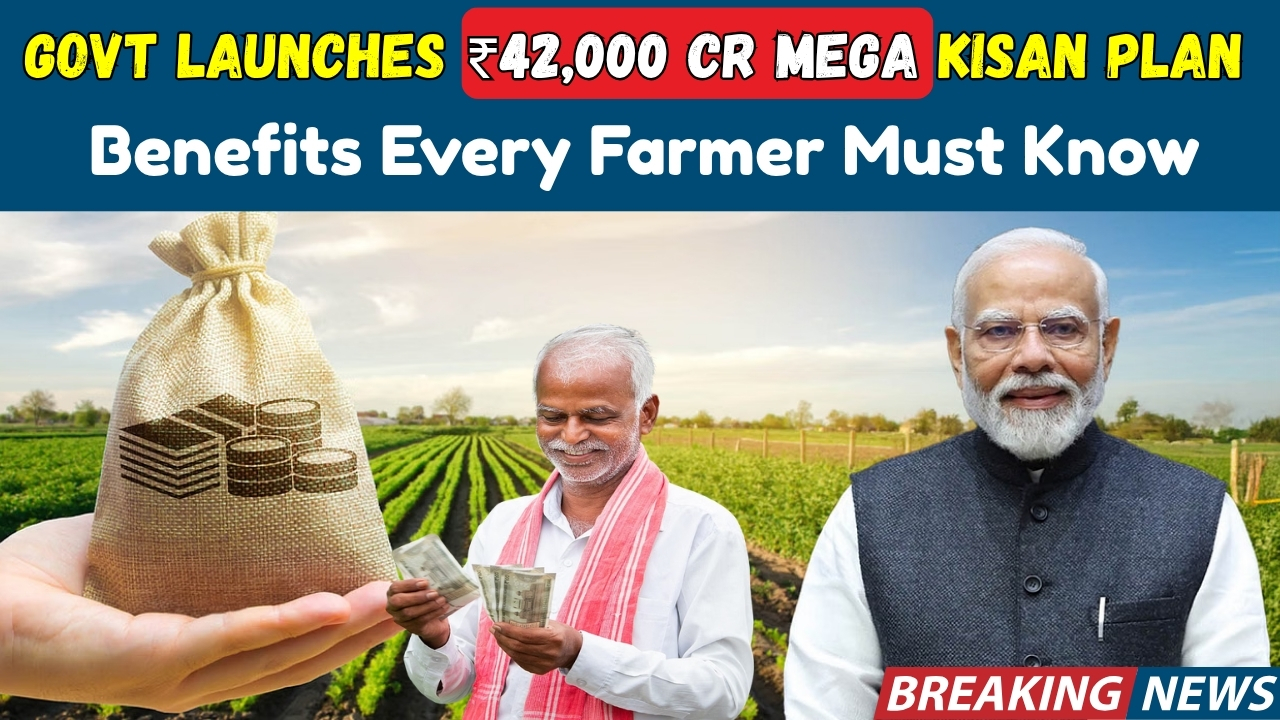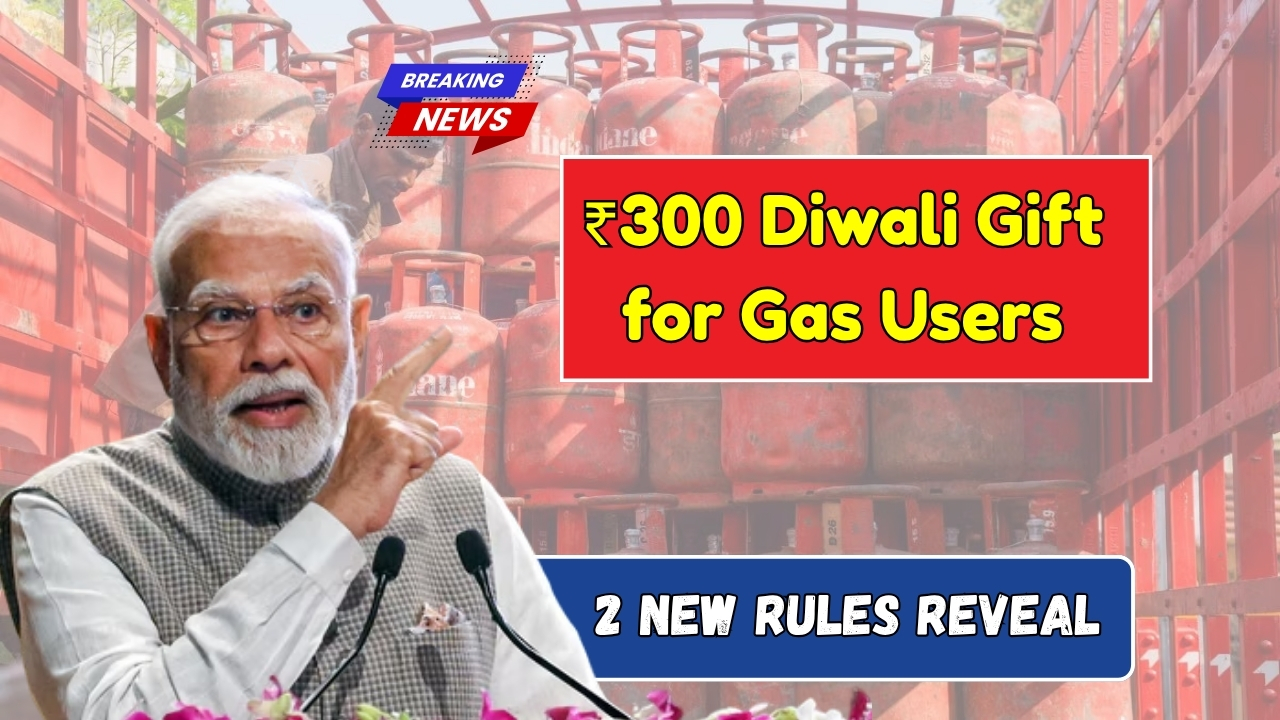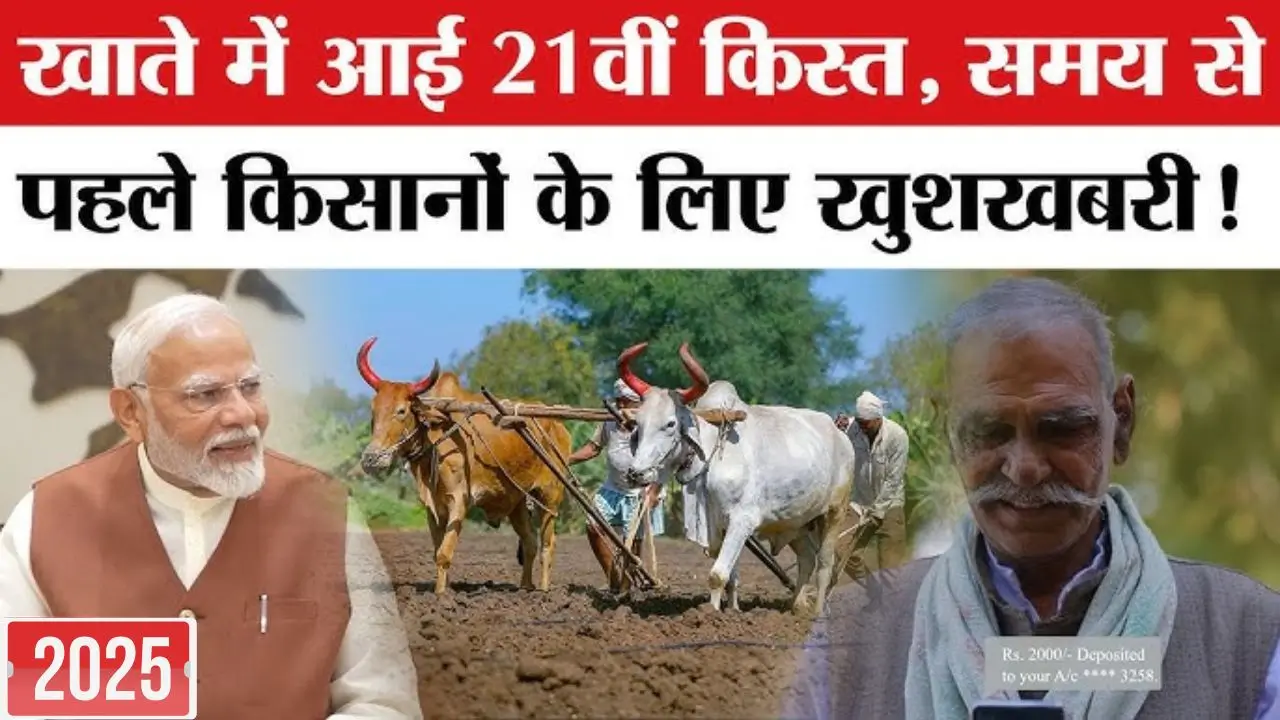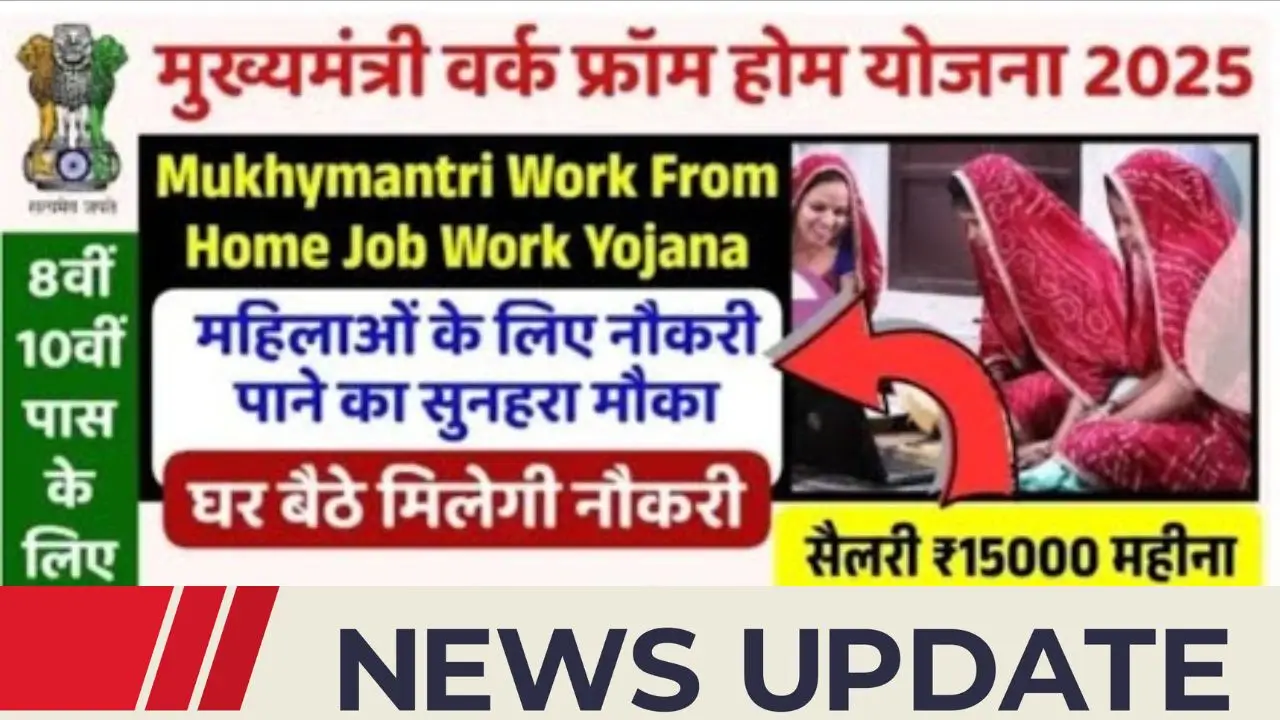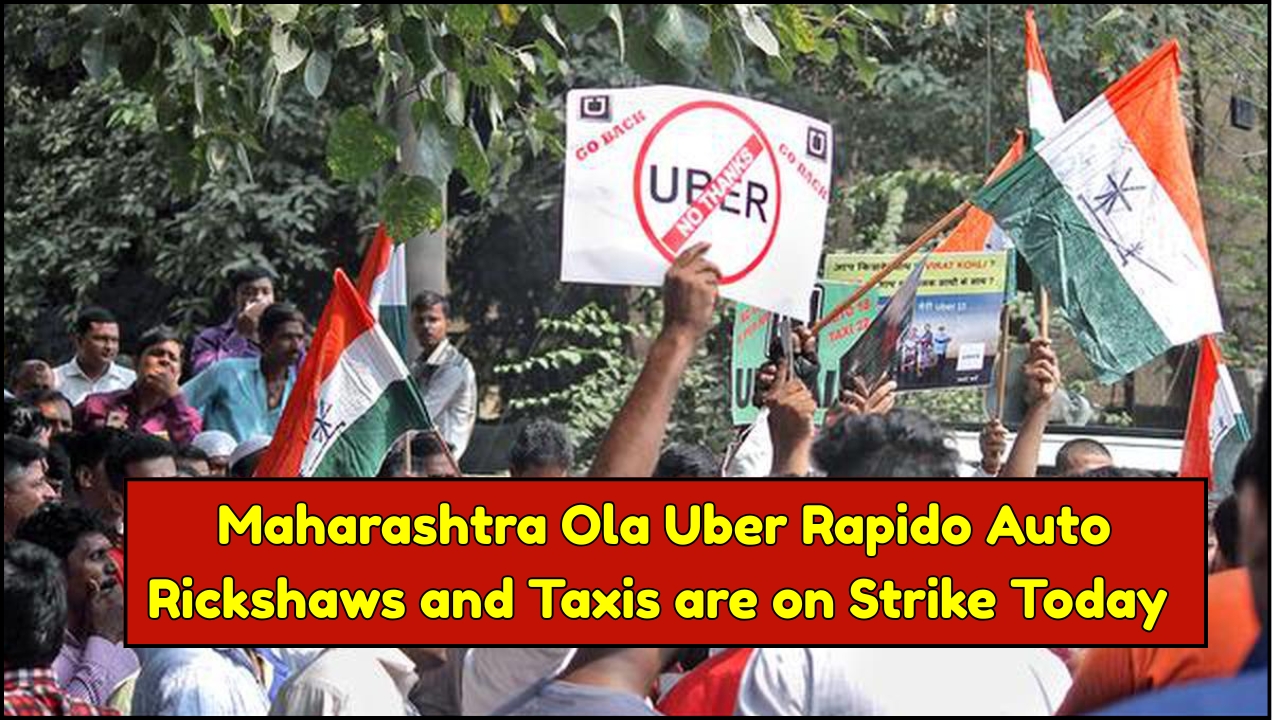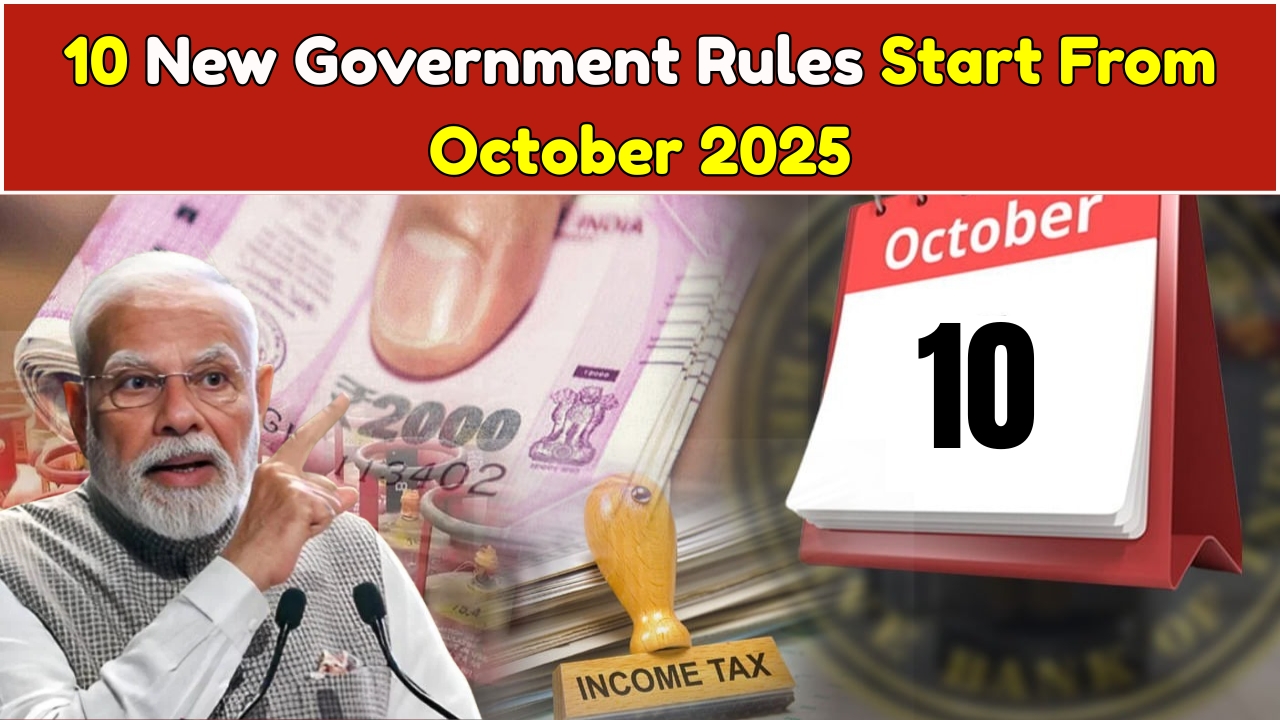In a landmark move to transform Indian agriculture, the government announced on October 11, 2025, a sweeping set of farmer-centric initiatives collectively worth over ₹42,000 crore.
These schemes aim to provide direct benefits to millions of cultivators nationwide by improving productivity, strengthening farm infrastructure, bolstering incomes, and ensuring India’s self-reliance in key crops—heralding a significant new era for rural support and agricultural progress.
Overview of the ₹42,000 Crore Kisan Yojana Mega Initiative
On October 11, 2025, Prime Minister Narendra Modi launched a novel agricultural package featuring two flagship schemes: the Pradhan Mantri Dhan Dhaanya Krishi Yojana (PMDDKY) and the Pulses Self-Reliance Mission.
Unveiled on the anniversary of Jayaprakash Narayan, these initiatives anchor the government’s long-term vision to boost farmers’ incomes, expand infrastructure, and propel India towards food security and global competitiveness in agriculture.
Pradhan Mantri Dhan Dhaanya Krishi Yojana: Goals and Key Features
With an outlay of ₹24,000 crore, the PMDDKY focuses on uplifting 100 low-performing agricultural districts identified for low productivity, moderate crop intensity, and limited access to agricultural credit. Its core objectives are:
- Infrastructure upgrades for irrigation, storage, processing, and credit.
- Promotion of crop diversification and sustainable practices.
- Integration of 36 central government schemes from 11 departments.
- Accelerated adoption of modern agricultural technology and financial inclusion for smallholders.
The scheme is set to begin with the Rabi season of 2025-26 and continue until 2030-31, targeting sustainable gains in both output and rural prosperity.
Mission for Self-Reliance in Pulses: India’s Protein Security Push
This mission, with an allocation of ₹11,440 crore, is India’s bold effort to reduce its reliance on imported pulses and stabilize prices for farmers and consumers alike. Its multifaceted approach includes:
- Expanding pulses cultivation from 27.5 million hectares to 31 million hectares by 2030-31.
- Raising national output from 24.2 million tonnes to 35 million tonnes.
- Distributing 1.26 crore quintals of high-quality certified seeds and 88 lakh free seed kits.
- Establishing 1,000 new processing units in major pulse-growing states, each with a ₹25 lakh government subsidy.
- Promoting climate-resilient, high-yielding pulse varieties.
This massive upgrade aims to achieve protein security, double farmer incomes, and ensure stable, high-quality supply chains.
Table: Key Schemes and Financial Allocations (2025)
| Scheme/Project | Outlay (₹ Crore) | Main Focus Area | Beneficiaries/Impact |
| PM Dhan Dhaanya Krishi Yojana (PMDDKY) | 24,000 | 100 backward districts | Infrastructure, finance, productivity |
| Pulses Self-Reliance Mission | 11,440 | Pulses cultivation | Higher output, stable prices, seed access |
| Agriculture Infrastructure Fund Projects | 3,650 | Supply/processing/logistics | Increased rural employment |
| Animal Husbandry & Fisheries Projects | 1,166 (AH), 693 (Fisheries) | Fodder, production | Integrated rural income |
| Food Processing Projects (incl. PLI) | 808 | Value addition | Smallholder and FPO support |
| Total | 42,000+ | Comprehensive | 10+ crore farmers/entire rural sector |
Infrastructure and Technology: The Cornerstone of Rural Growth
The launch event witnessed the inauguration of more than 1,100 infrastructure projects spanning animal husbandry, fisheries, and food processing sectors—providing direct benefit to farmer-producer organisations (FPOs), rural cooperatives, and agri innovations.
The PMDDKY also brings modern financial technology and digital agriculture services to the rural economy, enhancing market linkage, credit access, and resource efficiency.
Geographic Focus and Implementation
The main beneficiaries of the new schemes will be farmers in underdeveloped regions.
The PMDDKY will target backward districts from Uttar Pradesh, Maharashtra, Madhya Pradesh, Rajasthan, and Bihar, among others, selected by detailed productivity and agro-credit metrics. Efforts include:
- Targeted irrigation and crop diversification programmes.
- Strategic credit flow for infrastructure development.
- Direct integration of state-level and central benefits for saturation coverage.
Farmer Benefits: Free Inputs, Subsidies & Capacity Building
Several free benefits are embedded within these schemes:
- Distribution of high-quality seeds, including free seed kits.
- Subsidies for agri-processing unit establishment.
- Improved access to affordable irrigation, storage, and loan facilities.
- Knowledge transfer for climate-resilient practices and scientific farming methods.
The improvement of supply chains and direct digital payments aim to instantly boost incomes and lower risks associated with crop failure and price volatility.
Focus on Self-Reliance and Import Reduction
India’s dependence on agricultural imports—particularly pulses—creates price instability and trade liabilities.
By prioritising home-grown solutions, the government anticipates a dramatic fall in import expenditure, increased farm incomes, and a more stable domestic food market over the next five years.
Broader Vision: Rural Employment and Competitiveness
These initiatives will also provide a significant boost to rural employment by expanding agricultural value chains, promoting cooperatives, and creating new agribusiness opportunities.
The integrated policy approach, pipeline of modern logistics assets, and focus on export-oriented production are designed to elevate Indian agriculture’s global standing and ensure long-term financial resilience for the rural population.
Immediate Direct Assistance: PM-KISAN
In parallel, the government continues with the direct income support via the PM-Kisan Samman Nidhi Yojana, which provides ₹2,000 instalments up to ₹6,000 annually for eligible small and marginal farmers.
As of October 2025, the 21st instalment is expected to be credited before Diwali, marking a steady stream of assured benefits alongside the new mega schemes.
Table: Expected Outcomes of the ₹42,000 Cr Kisan Initiative
| Outcome | 2025 Baseline | 2031 Target/Impact |
| Pulses output | 24.2 million tonnes | 35 million tonnes |
| Pulses crop area | 27.5 million hectares | 31 million hectares |
| Districts uplifted (PMDDKY) | 0 | 100+ |
| Farmers directly assisted | 10+ crore | Entire rural population |
| Processing units (pulses) | <500 | 1,000 new units, pan-India |
| Seed access (pulses) | Standard | 1.26 crore quintals, free kits |
Digital & Financial Reforms: Empowering the Rural Sector
The schemes prioritise a digital-first approach—expanding financial infrastructure, transparent disbursals, real-time market access, and integration with global supply chains.
This digital revolution is expected to speed up the rollout of government benefits, reduce leakages, and empower new generations of tech-friendly farmers.
Future Vision & Policy Convergence
The ₹42,000 crore initiative is central to the government’s broader strategy of “One Nation – One Agriculture – One Team”, linking diverse central and state schemes for maximum synergy.
It emphasises inclusive development, sustainable practices, and resilience against climate change, paving the way for an agriculture sector that is globally competitive and sustainable for decades to come.
Frequently Asked Questions (FAQs)
1. What is the main aim of the ₹42,000 crore Kisan Yojana?
The initiative aims to boost agricultural productivity, raise farmer incomes, and upgrade infrastructure—especially in 100 backward districts—while ensuring self-reliance in pulses and expanding direct farmer benefits.
2. Who are the main beneficiaries of the scheme?
Small and marginal farmers, especially in low-productivity districts, along with FPOs, cooperatives, and agribusiness innovators will benefit directly from free inputs, subsidies, and streamlined credit.
3. How will the schemes make India self-reliant in pulses?
Through expanded area under cultivation, distribution of high-yield seeds, and 1,000 new processing units, India’s import dependence for pulses will be significantly reduced.
4. When will the new benefits be provided?
Implementation begins immediately from October 2025, with expanded PM-Kisan instalments and phased rollout of infrastructure projects from the 2025-26 Rabi season.
5. What other support measures are included in the initiative?
The package includes animal husbandry, fisheries, food processing projects, digital financial services, and direct technical support—all designed to increase rural employment and farmer earnings.

